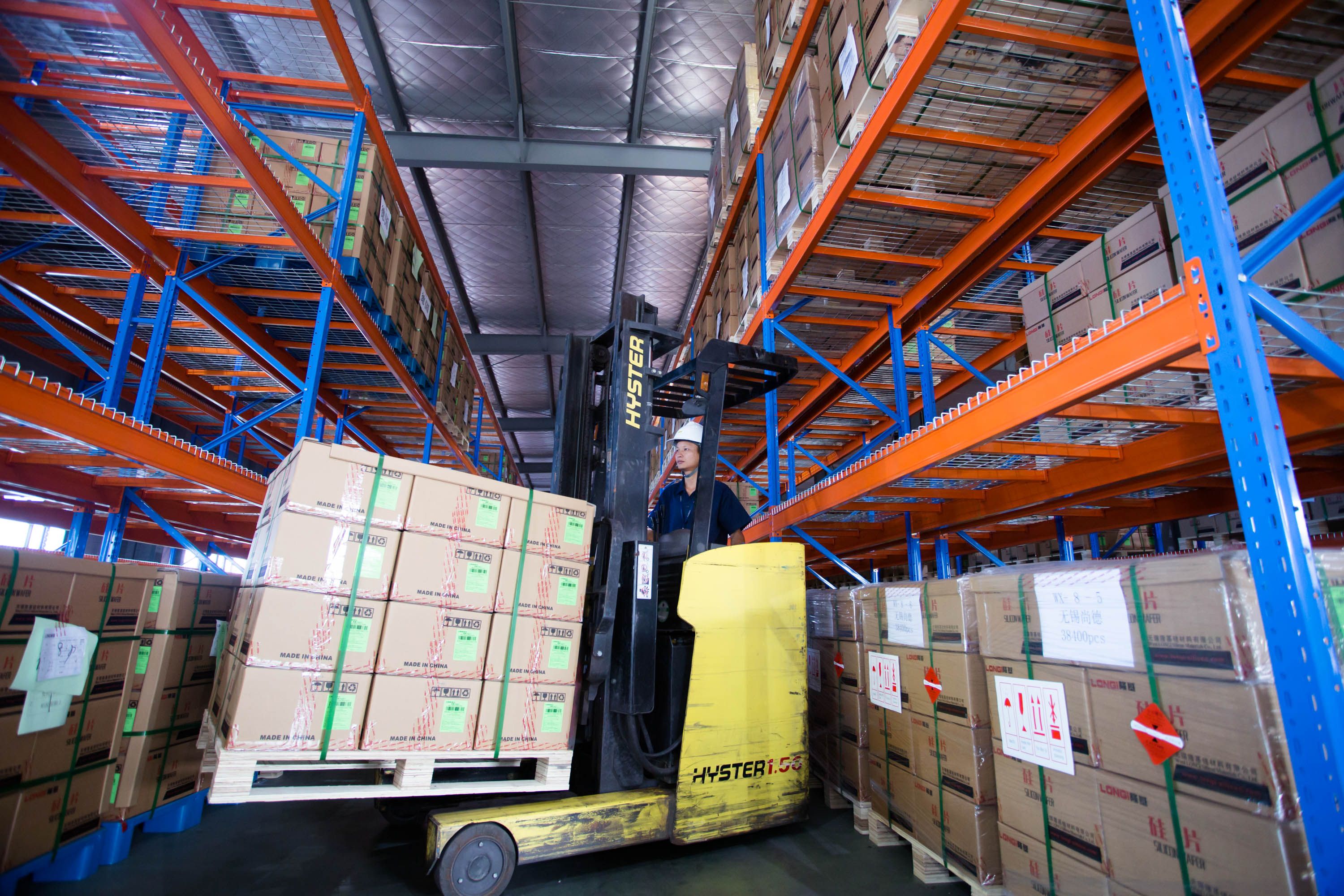
Most solar modules travel thousands of miles from the factory where they are manufactured to the project site where they are installed. Along the way, they are packaged, palleted, trucked, shipped on freighters, and trucked again (and again). They are loaded and unloaded many times along the way before finally being offloaded, unpacked and readied for installation. For the most part, the millions of modules in various stages of transit make it to their ultimate destination in good shape. Yet after all that mileage, sometimes mishandling toward the end of the journey can lead to damaged or even broken modules.
Because of the supply chain disruptions over the past few years, the pressures on the logistics industry have grown, including a shortage of more than 80,000 experienced truck drivers and forklift operators, a need to optimize packaging materials, and an uptick in issues with delivering modules safely to project sites. There have even been instances on large project sites where hundreds of modules have been damaged —sometimes any issues go unnoticed until after they are staged for installation.
Taking Module Handling Seriously
LONGi works closely with both our freight carriers and our customers to mitigate the risks of module mishandling. We encourage preinstallation training and share best practices—the do’s and don’ts—to help ensure the safe unpacking, inspection, handling and installation of the modules. To that end, we provide two key documents to the relevant stakeholders: our module installation manual and our recently updated unpacking, handling and storing guide.
Admittedly, module unpacking, handling and storing are not the most top-of-mind topics—most of the industry attention goes to the installation process and related best practices—but for EPC site teams and other logistical partners, proper handling is essential. Like installation, there are the right and wrong ways of doing things. Some of the do’s and don’ts are common sense, while others are not as obvious. With the arrival of large-format modules, the time for buttoning up handling best practices has become even more urgent. Here are some tips for unpacking, handling and storing modules.
Inspect on Arrival
When your modules arrive, identify the modules and then inspect the packaging for any visible damage. Common issues may include:
· Unusual loading method, shifted or tilted pallets
· Forklift damage on pallet with exposed modules
· Pallet wear and tear or damaged modules
· Unusual dents or scratches on the cardboard
If you discover your modules are damaged, let the driver know immediately, notify the carrier and LONGi staff within 24 hours of delivery, and provide a record with detailed information within 48 hours of delivery. By doing this in a prompt and thorough manner, warranty headaches will likely be avoided.
Proper Use of Forklifts
It’s surprising how much damage can be done when using forklifts to move module pallets. With experienced operators and adherence to best practices, damage caused by forklifts can be minimized.
For example, one should use the right forklift forks, based on the pallet size, and never use oversized forks. The operator should always insert the fork from the short side of the pallet, as long as it is safe to do so. Issues with the backrest are the most common cause of module damage when forklifts are involved. To avoid these, use a backrest greater than 48 inches and never press the forklift backrest into the packaging cardboard.
Storing and Staging
The proper onsite storing and staging of the pallets is a simple yet sometimes overlooked way to keep module damage to a minimum. It’s best to stage the pallets in a flat, open and dry location when unpacking them, and position the pallets next to a solid, self-standing support structure, such as a tracker post or wall, where you can lean the modules once they are removed from the packaging. And when it’s time to start moving the modules to be installed, always have two people lift and carry each module. This becomes increasingly imperative as the heavier, larger-format modules become more prevalent at utility-scale project sites.
The above recommendations represent just a small sample of ways to reduce the risk of module damage as your ready them for installation. To learn more, download a copy of the LONGi field guide for unpacking, handling and storing solar modules here.